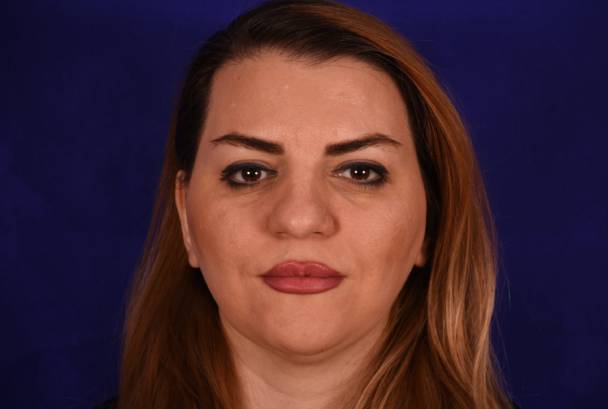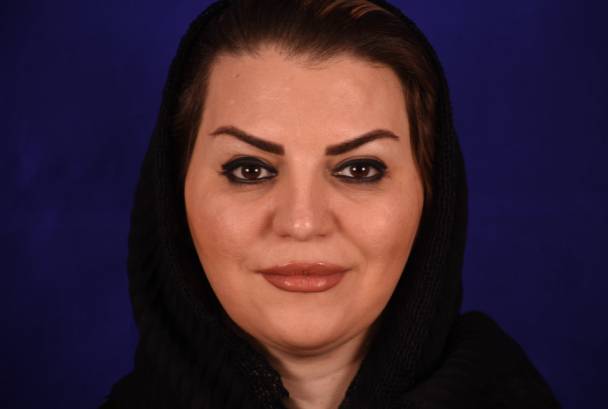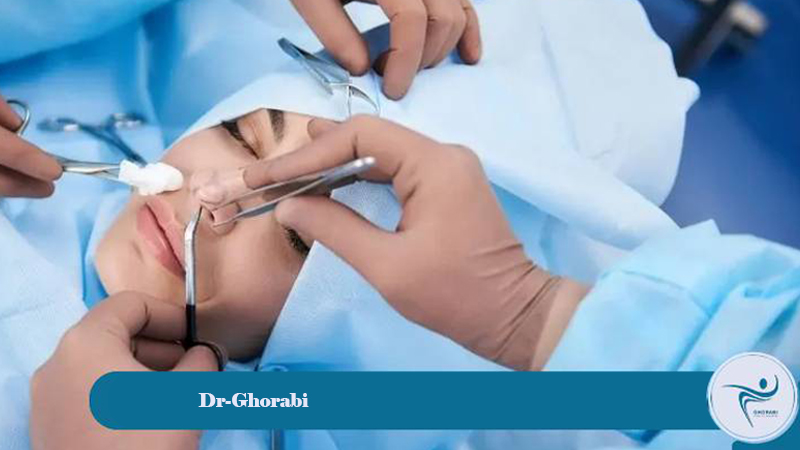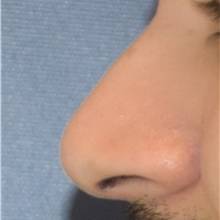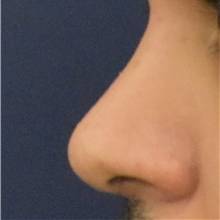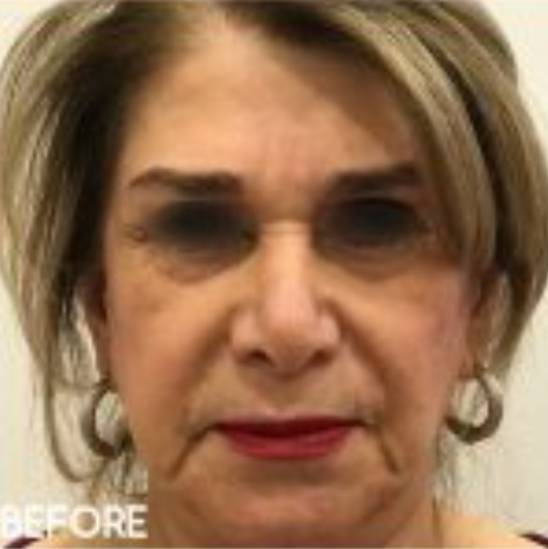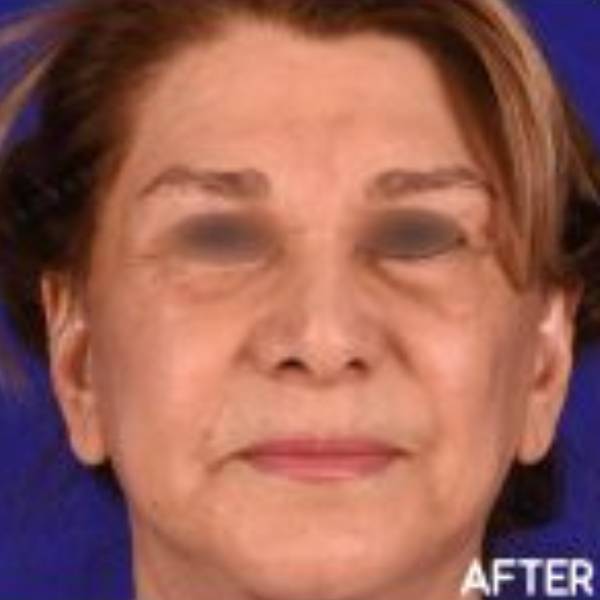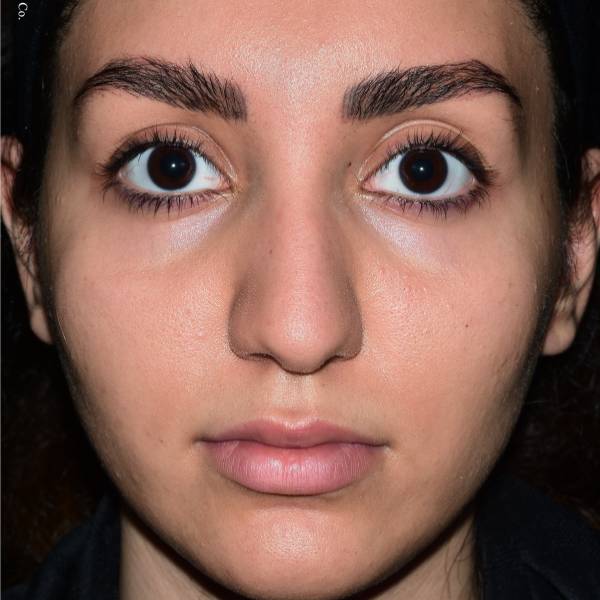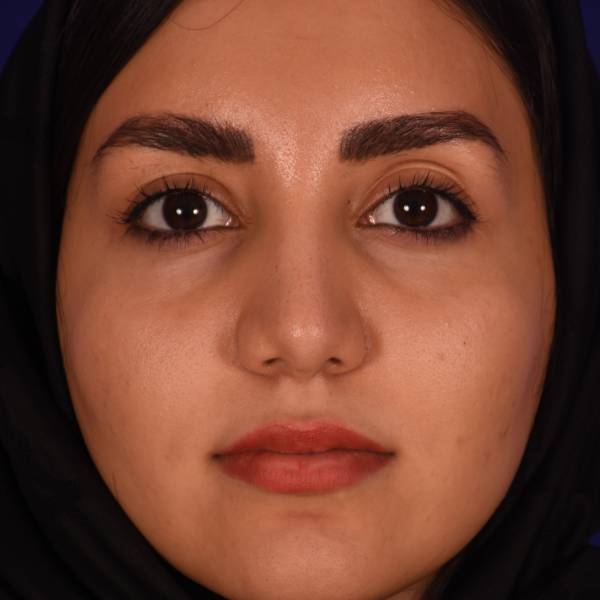Rhinoplasty with new techniques has made it possible to correct the shape of the nose and create proportion. Rhinoplasty surgery methods include the open method (for extensive changes and cartilage reinforcement) and the closed method (more limited incisions with a shorter recovery period).
Meaty nose job
If your nose has thick skin, a wide tip, and weak cartilage, you probably have a fleshy nose. This type of nose is more difficult to shape than bony noses due to active oil glands and thick skin. A very large fleshy nose is performed under general anesthesia and is painless and manageable. Final results are visible in 6 to 12 months, and your nose will look more natural and proportionate.
Types of fleshy nose surgery
A large, fleshy nose requires precise technique due to thick skin, weak cartilage, and a wide tip. The surgery is performed in two ways: open and closed.
Techniques for correcting the shape of a fleshy nose
With advanced techniques Nose surgery for fleshy noses, lasting and proportionate results can be achieved. These methods focus on strengthening the nose structure, reducing skin thickness, and preventing nasal tip drooping:
- Strengthening Nose Structure with Cartilage Graft: Fleshy noses have weak cartilage; therefore, to prevent nasal tip drooping, cartilage from the septum, ear, or rib is used to strengthen the nasal skeleton.
- Reducing Skin Thickness and Removing Excess Fat: Thick skin makes the nose’s shape less visible. By removing excess fats and reducing skin thickness, the nose will become more refined and well-shaped.
- Lifting and Stabilizing the Nasal Tip with Special Sutures: To ensure the nose has a better shape and its tip does not droop, fine sutures are used to hold the nasal tip up.
- Reducing Post-Surgical Swelling with Modern Techniques: By using precise methods and minimal soft tissue manipulation, the amount of swelling is reduced, and the recovery period will be shorter.
With the above techniques, you will no longer have to worry about sagging or changing the shape of your nose. Choosing a skilled surgeon and following post-operative care is the key to lasting your results!
Dr. Ghorabi's Portfolio
Pre-operative care for a fleshy nose
Before rhinoplasty for a large nose, it is essential to follow some tips to ensure the best possible surgical and recovery process. The first step is to consult with a specialist surgeon to assess the condition of the nose, skin thickness, and amount of fat, and to select the appropriate surgical method (open or closed). Since the skin of a large nose is usually oilier and thicker, controlling oil with special cleansers and toners helps improve the healing process.
Also, smoking and alcohol have a negative effect on blood circulation and slow down the healing process of wounds; therefore, their consumption should be stopped 2 to 4 weeks before surgery to ensure more lasting surgical results and faster recovery.
Post-operative care for fleshy noses
After fleshy nose surgery, proper care has a high impact on the recovery process and the final shape of the nose. Since fleshy noses have thicker skin, reducing swelling and preventing the drooping of the nasal tip become more important. By following the tips below, you can have a more comfortable recovery period and a more lasting result in various types of facial plastic surgery achieve:
- Managing Swelling and Bruising: Reducing salt intake and using cold compresses in the first 48 hours is recommended.
- Using Cold Compresses: In the first two days, a cold compress on the cheeks and around the nose reduces swelling.
- Taking Prescribed Medications:Regular use of prescribed antibiotics and painkillers prevents infection and pain.
- Preventing Nasal Tip Drooping: Avoiding pressure on the nose and proper taping have a significant impact on better shaping.
- Strictly Following the Surgeon’s Recommendations: Sufficient rest, a healthy diet, and avoiding impact to the nose are essential.
- Using Nasal Tape: It helps reduce swelling and maintain the nose’s shape and must be done according to the doctor’s instructions.
- Skin Care Specifically for Fleshy Noses: Using non-comedogenic products prevents acne and excess oil.
- Controlling Skin Oil with Mild Cleansers: Using appropriate cleansers is essential to prevent the clogging of nasal pores.
- Preventing Acne in the Nasal Area: Regular cleansing and timely tape changes reduce the likelihood of subcutaneous pimples.
By following the above tips, you will have a natural, proportionate, and lasting result from the fleshy nose surgery!
Cost of fleshy nose surgery
The cost of fleshy nose surgery depends on various factors, and a fixed price cannot be determined for it. The final price varies under the influence of the surgeon’s skill and experience, the surgical method (open or closed), the thickness of the nasal skin, the extent of required corrections, and the clinic or hospital where the surgery is performed. Large fleshy nose surgery in reputable clinics and by experienced surgeons increases the costs.
Since a fleshy nose job is considered cosmetic surgery, insurance does not cover it unless the surgery is performed for breathing problems, a severely deviated nasal septum, or an injury from an accident. In these cases, insurance may cover a portion of the surgery costs, but the patient is usually responsible for the cosmetic and shaping costs of the nose.
Complications of a fleshy nose surgery
One of the primary concerns in fleshy nose surgery is prolonged swelling, as fleshy noses have thicker skin, and their swelling reduction process is slower compared to bony noses. Furthermore, if the cartilaginous support of the nose is not adequately reinforced, there is a risk of the nasal tip drooping, especially in cases where a semi-fancy fleshy nose surgery is performed and a more delicate shape is intended for the nose. Other potential complications include asymmetry in the nasal alae (wings of the nose). Individuals undergoing fleshy nose surgery with large alae might experience slight disharmony in the size or shape of the alae after surgery. This issue is usually manageable with proper post-surgical care and taping.
Also, some patients expect their nose to become completely small and bony, but it should be kept in mind that a fleshy nose without surgery has its own characteristics and surgery only corrects the shape and proportion further, not completely changing the structure of the nose. Choosing an experienced cosmetic doctor and following post-operative recommendations play an important role in reducing these complications and achieving the best results.
Fleshy nose rhinoplasty services with the best corrective results by Dr. Ghorabi.
If you’ve always been concerned about the shape of your nose, it’s time to experience a change! Rhinoplasty surgery uses advanced techniques to make your nose look more natural, elegant, and in proportion to your face. The skilled surgeon, Dr. GholamHossein Ghorabi, has extensive experience and skill in surgery for large, fleshy noses, strengthening the structure of the nose and leaving lasting and beautiful results by correcting the nasal wings, reducing skin thickness, and lifting the tip of the nose.
Performing a fleshy nose operation requires precision and special techniques to ensure a natural and non-reversible result. If you are looking for a natural fleshy nose surgery and want to have a nose that is in proportion to your facial features, it is time to seek specialized consultation and surgery from Dr. Ghorabi.
Visitor comments
About DR. Ghorabi
Get to know/Meet Dr. Ghorabi.
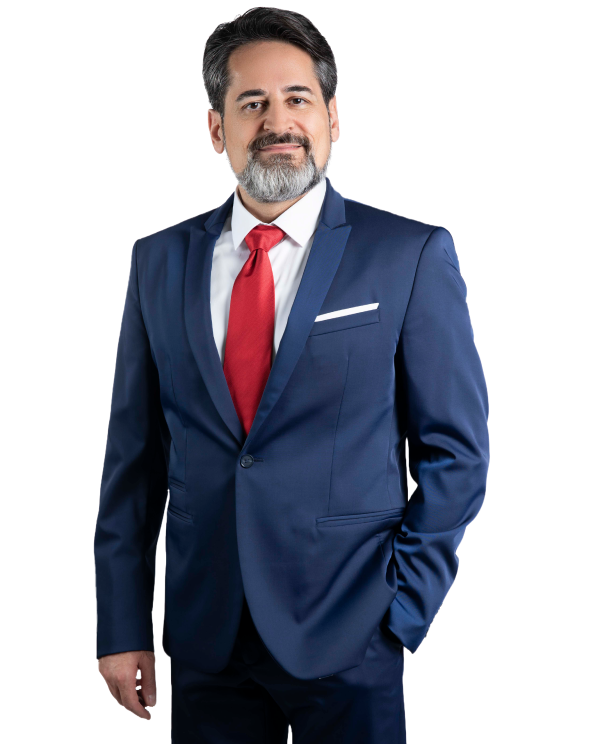
About DR. Ghorabi
Get to know/Meet Dr. Ghorabi.
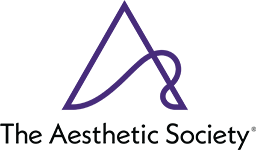
Fellow of the American Academy of Facial Plastic and Reconstructive Surgery (AAFPRS) or a similar organization such as the American Society of Plastic Surgeons (ASPS).

Official member of the International Society of Plastic and Aesthetic Surgeons
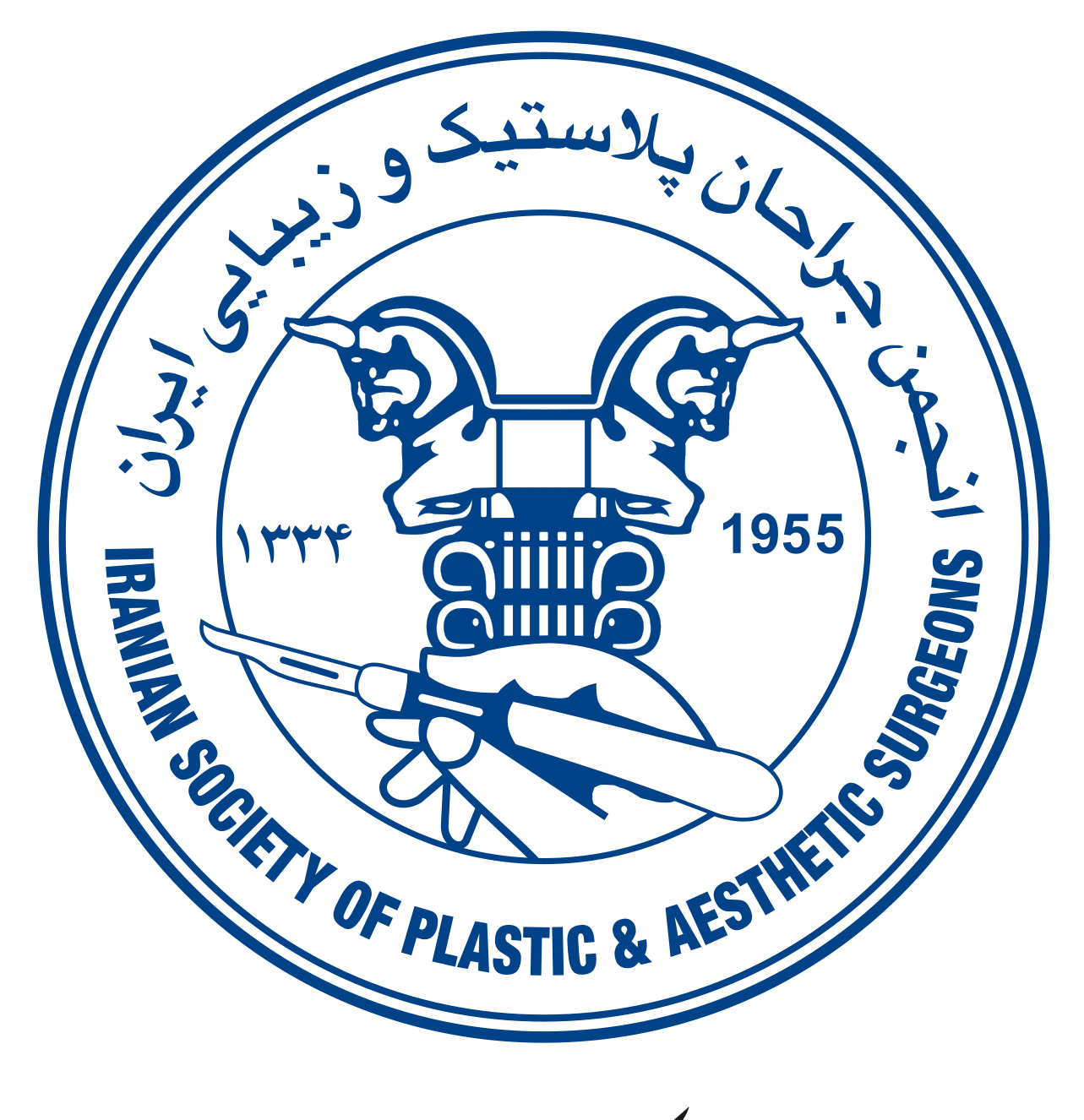
Official member of the Iranian Association of Plastic and Reconstructive Surgeons
FAQs
Is fleshy nose surgery permanent, or can the nose's shape change?
Yes, if cartilage reinforcement techniques are used, the result of fleshy nose surgery will be permanent and without recurrence. Post-operative care also contributes to the longevity of the result.
Is a very large fleshy nose operation more difficult than a bony nose?
Yes, because a fleshy nose has thicker skin and weaker cartilage. But with new methods, it is now possible to correct the shape and prevent the drooping of the nasal tip.
Is surgery on a very thick-skinned nose painful?
No, the procedure is performed under general anesthesia, and after surgery, mild pain is controlled with painkillers. Swelling and bruising also subside within a few weeks.
Will the size of the nostrils become proportional after a fleshy nose with large nostrils surgery?
Yes, if needed, the surgeon can reduce the nostrils to better harmonize with the new shape of the nose and achieve a more natural result.
How long is the recovery period for a large fleshy nose surgery?
Swelling decreases within 2 to 3 months, but the final result usually becomes apparent 6 to 12 months after a large fleshy nose surgery. Following the surgeon’s recommendations is essential.
